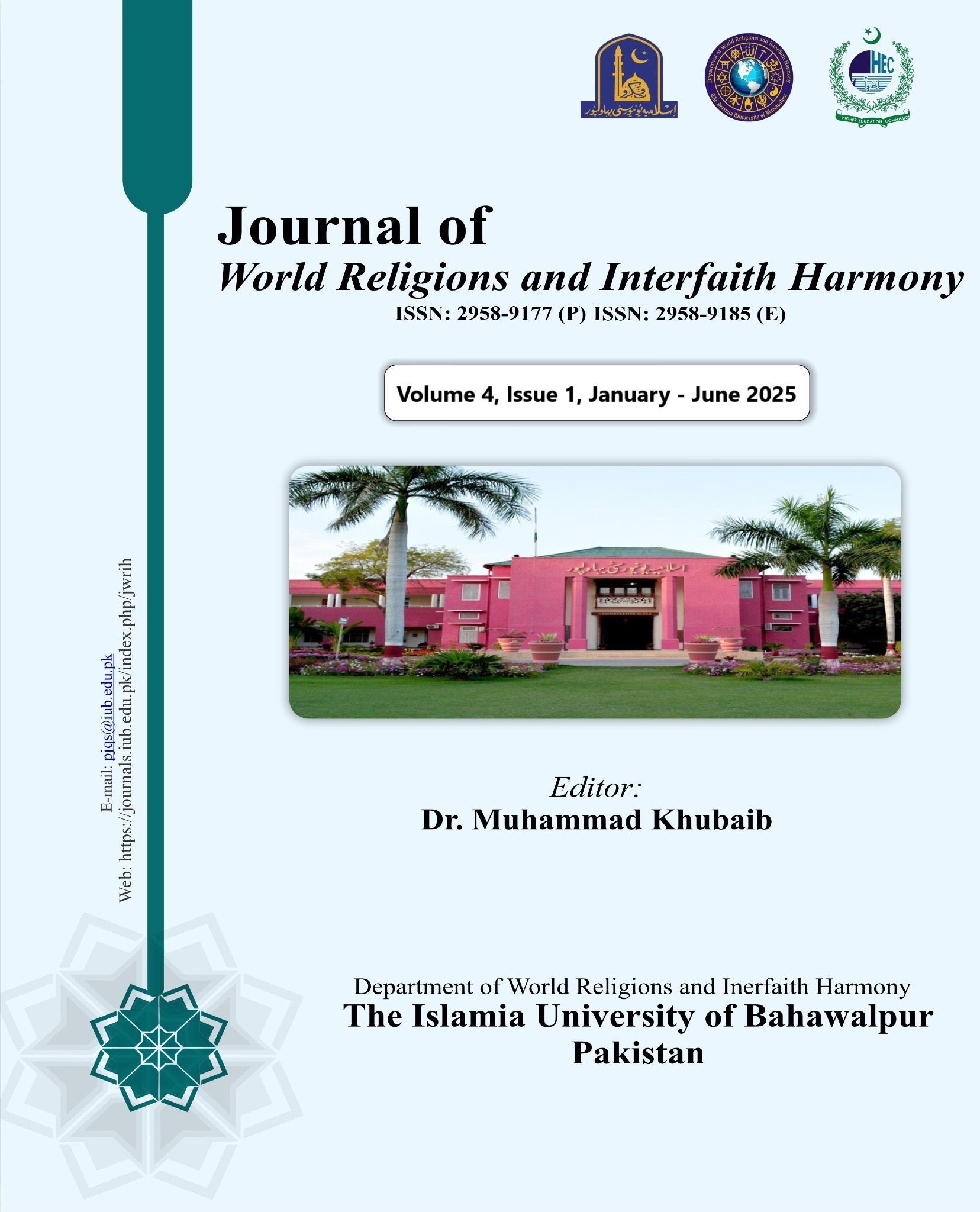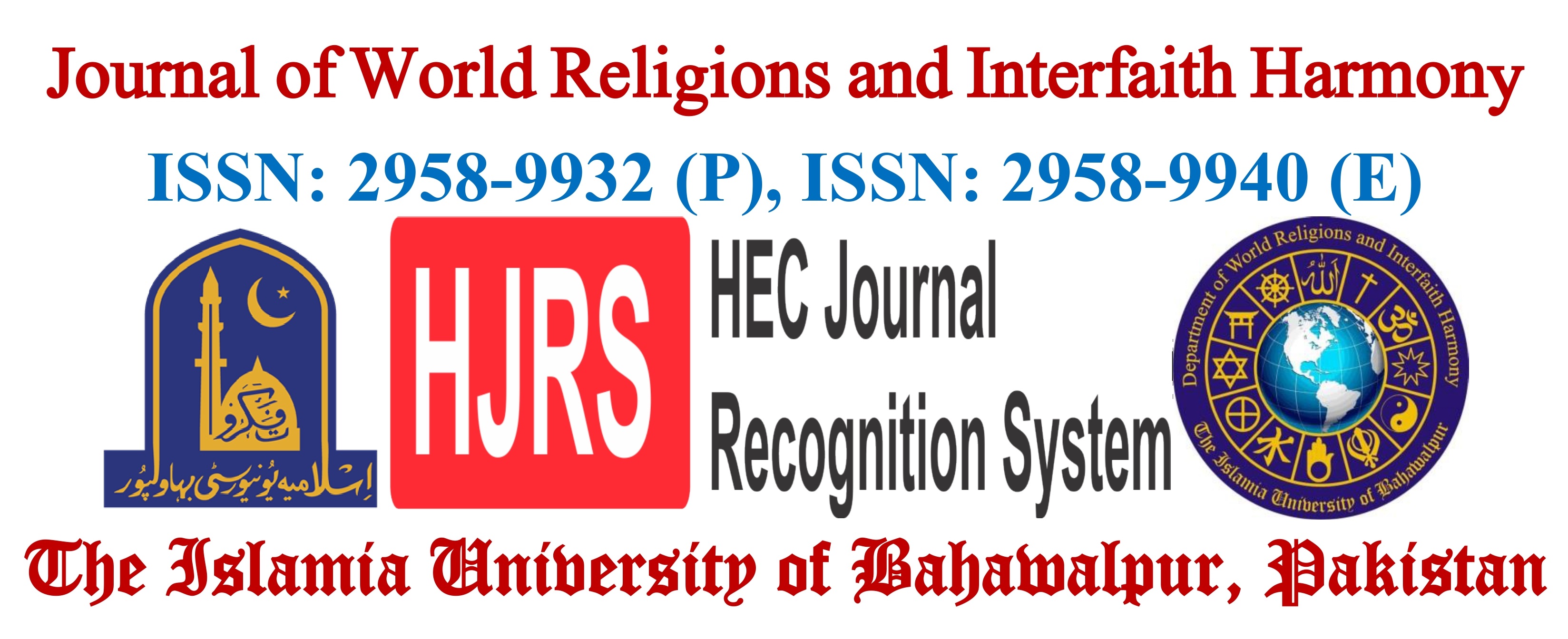An Introductory and Comparatively Review of the Pluralistic Society of the Present Era and Pluralistic Society of Madinah Munawwarah
Abstract
A pluralistic society values and respects the differences in culture, religion, and beliefs among people. It allows different groups to live together while keeping their unique identities. Tolerance, equality, and fairness are key ideas in such a society. People are encouraged to understand each other through conversation and learning. Differences are seen as something that makes society stronger. Everyone is given equal rights and opportunities. People from all backgrounds can take part in making decisions. The society works to reduce unfair treatment and discrimination. A pluralistic society creates a sense of belonging for all its members. It celebrates diversity as an important part of community life. After the migration of Prophet Muhammad (PBUH), Madina became a model of a pluralistic society, where people from different ethnic, cultural, and religious backgrounds lived peacefully together. They all agreed to live under the "Constitution of Madina," which protected the rights and freedoms of all groups. Thus, Madina became an example of a society based on respect and peaceful coexistence.
Downloads
Published
How to Cite
Issue
Section
License
Copyright (c) 2025 Dr. Asma Aziz, Taiba Ramzan, Zulekha Akbar

This work is licensed under a Creative Commons Attribution-NonCommercial 4.0 International License.






